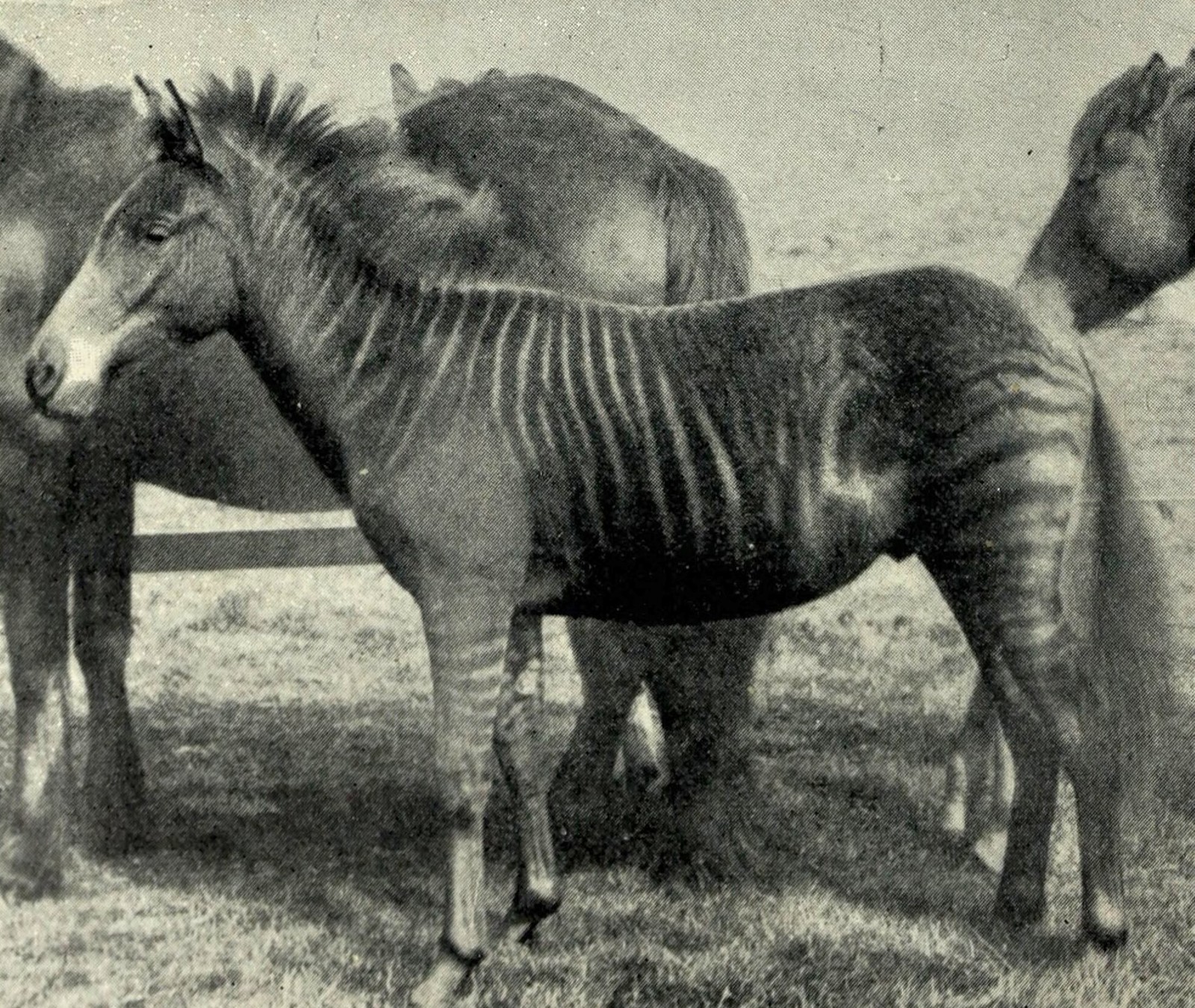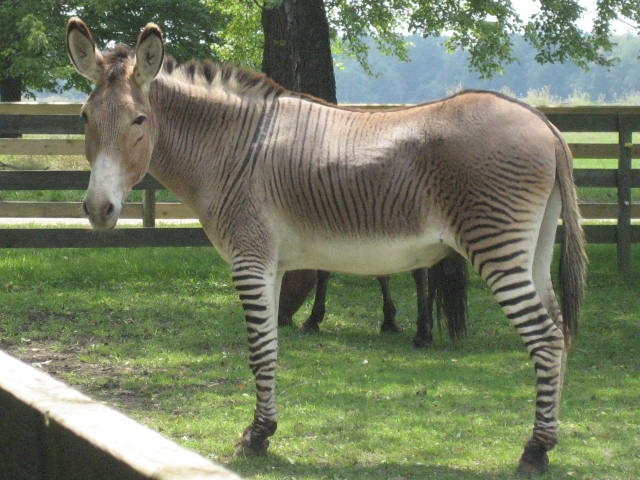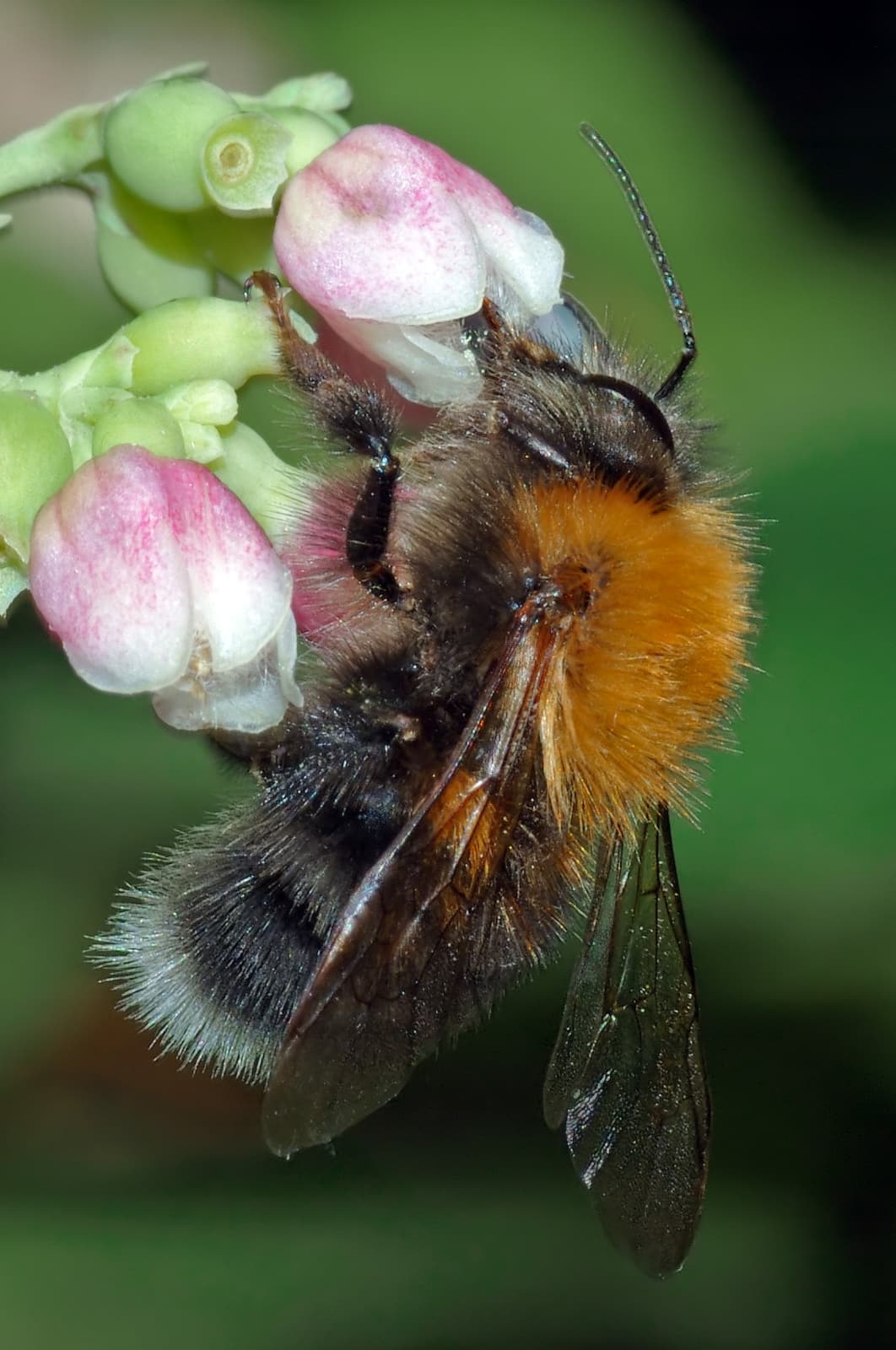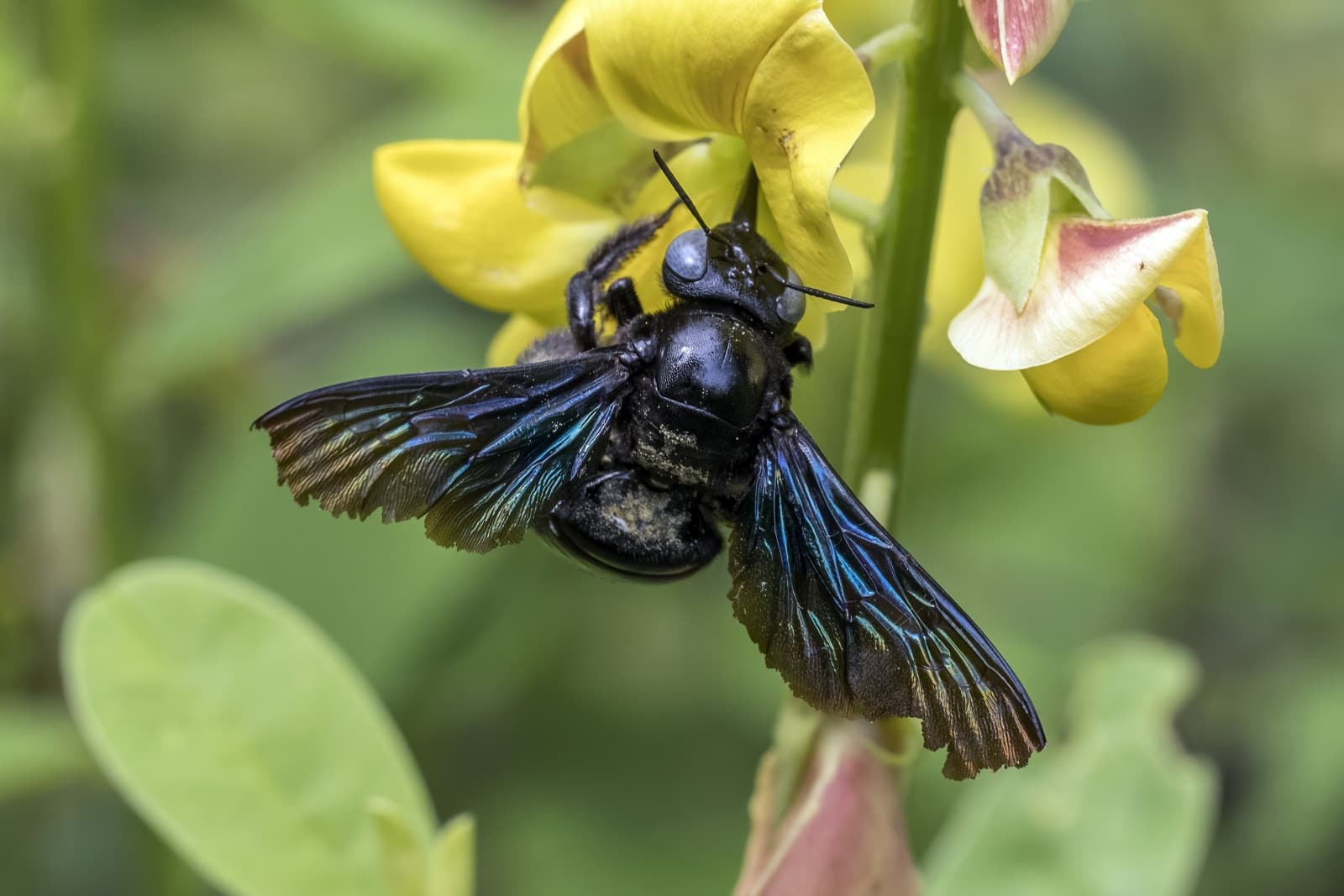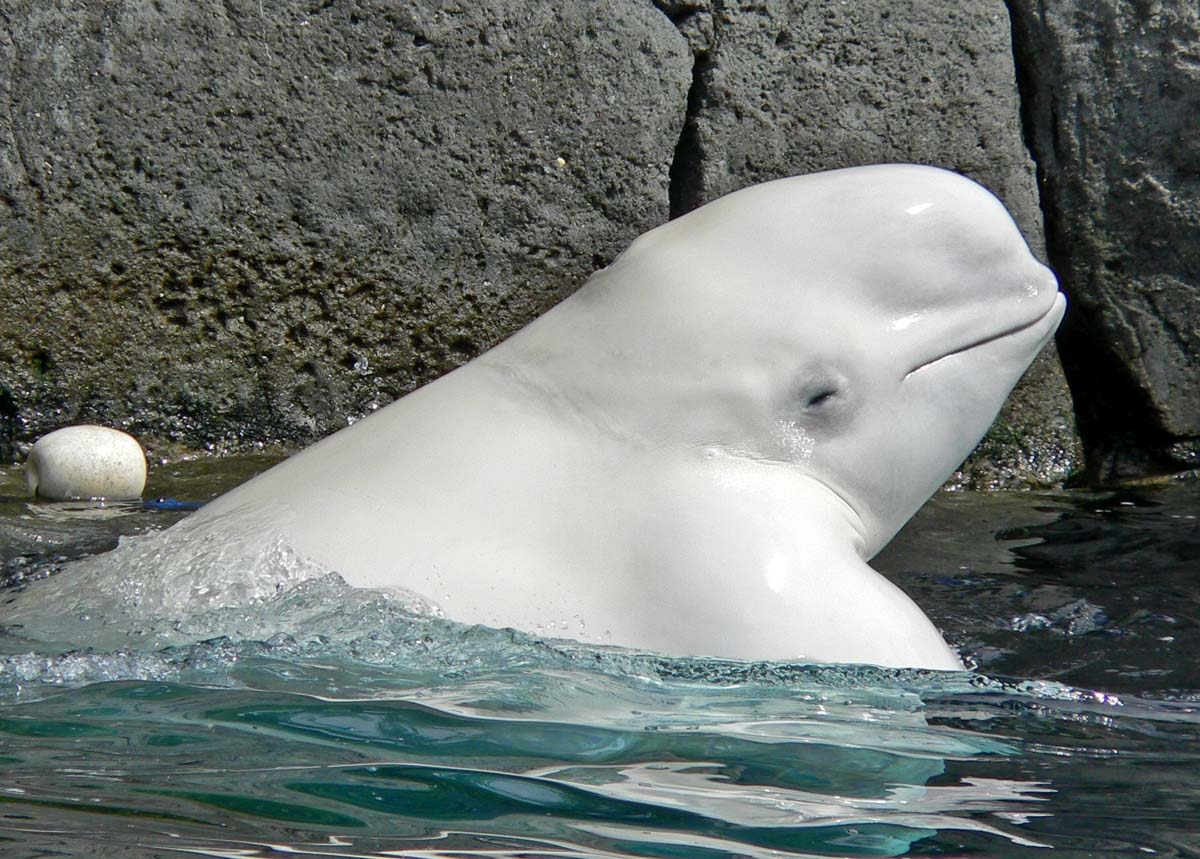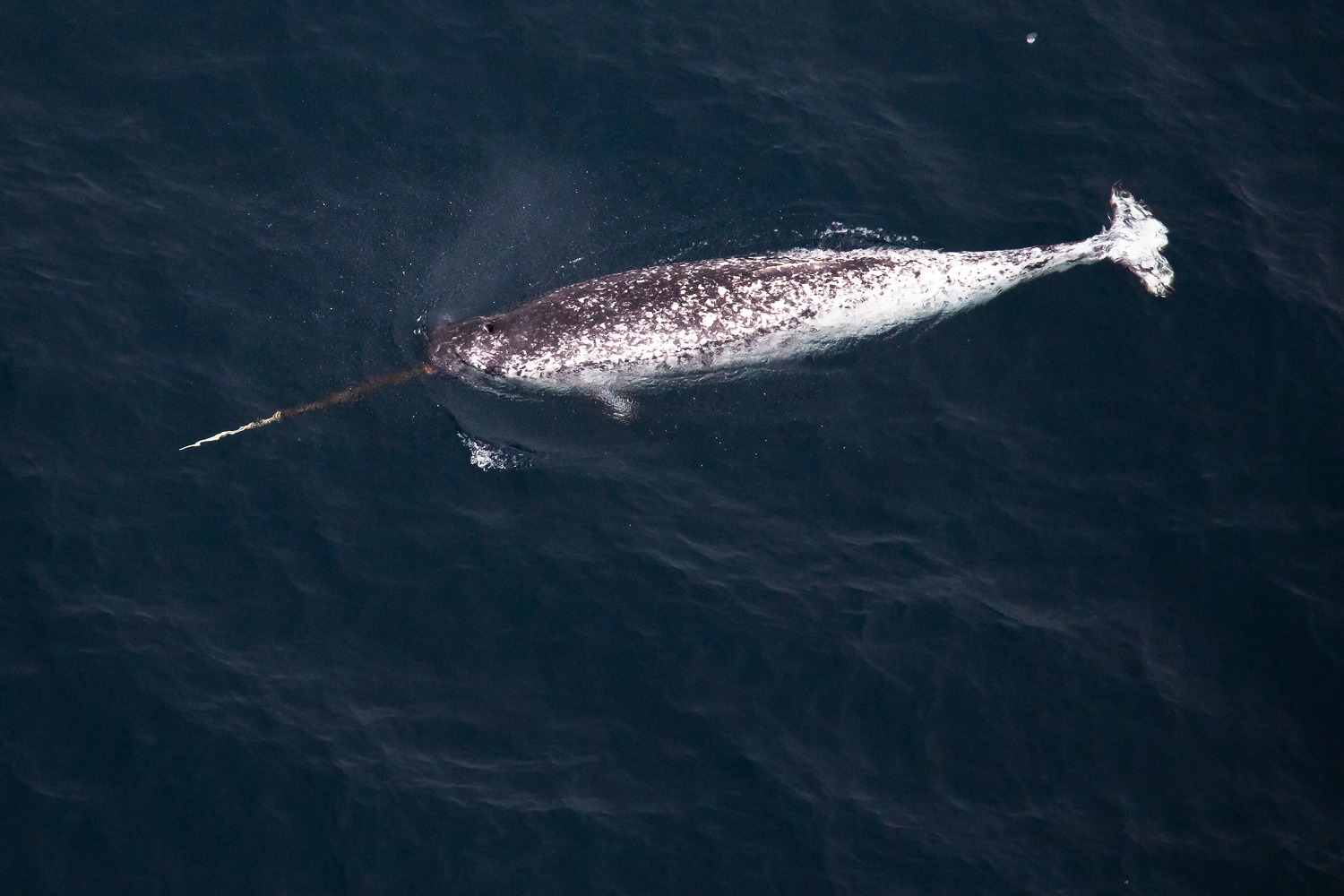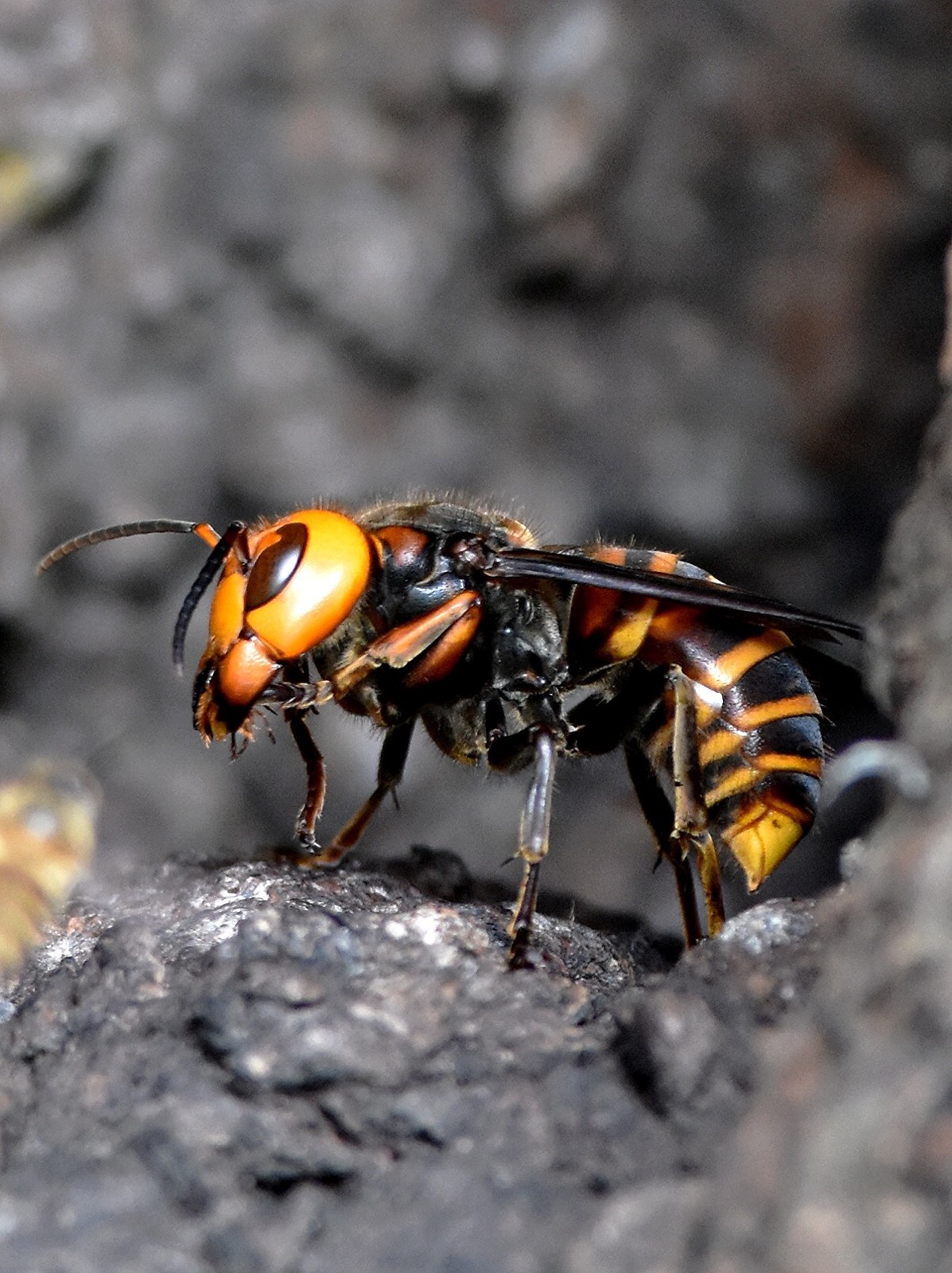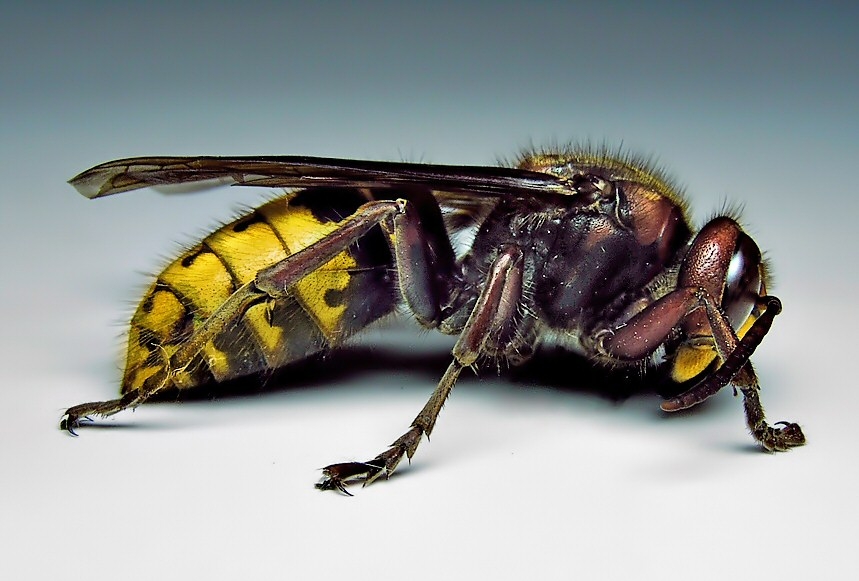Ball Python vs Corn Snake: A Complete Comparison
When comparing Ball Python vs Corn Snake as pets, both species offer distinct advantages for reptile enthusiasts. Ball Pythons (Python regius) are known for their docile nature and compact size, typically reaching 4-5 feet (1.2-1.5 m), while Corn Snakes (Pantherophis guttatus) grow to similar lengths but maintain a more slender build and active disposition.
These two species represent the most popular choices for both novice and experienced snake keepers, with Corn Snakes generally being more affordable and easier to maintain. Ball Pythons require more specific humidity and temperature conditions but offer a wider variety of dramatic color morphs.
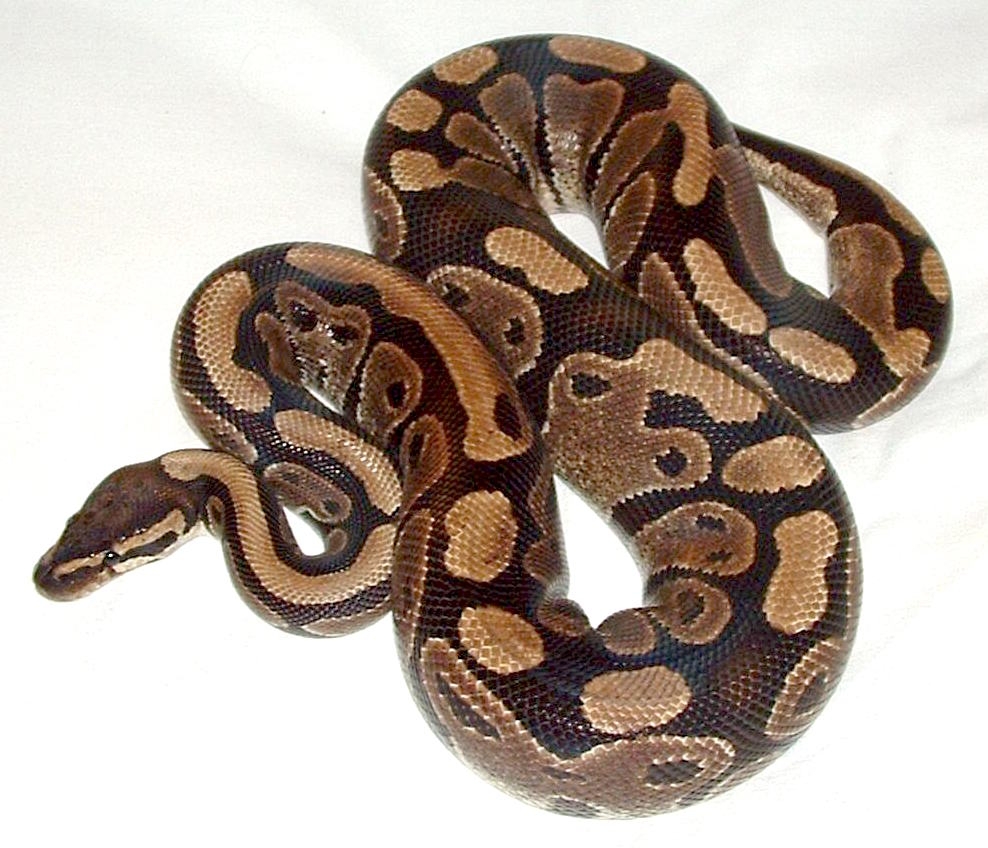
© Mokele (talk) / CC BY-SA 3.0
The Ball Python displays the characteristic stocky build and intricate pattern that makes this species highly sought after in the pet trade. Note the muscular body and compact form typical of this species.
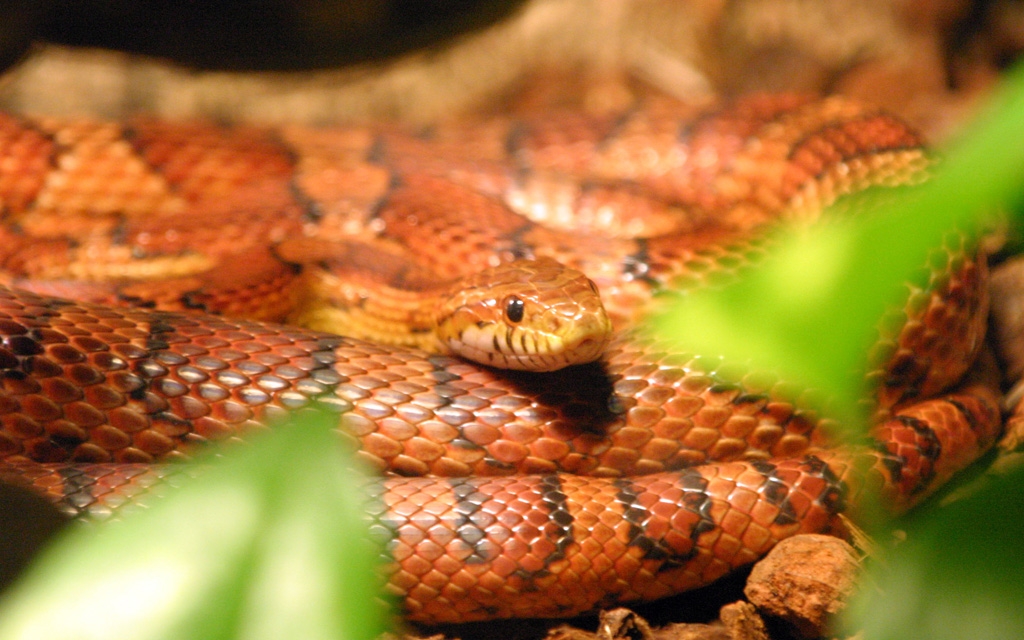
The Corn Snake exhibits its characteristic slender build and vibrant coloration, demonstrating the species’ natural beauty that has made it a favorite among reptile keepers.
Key Differences: Ball Python vs Corn Snake
| Feature | Ball Python | Corn Snake |
|---|---|---|
| Size | 4-5 feet (1.2-1.5 m) | 4-6 feet (1.2-1.8 m) |
| Build | Stocky and muscular | Slim and agile |
| Lifespan | 20-30 years | 15-20 years |
| Temperature Requirements | 88-92°F (31-33°C) basking | 85-88°F (29-31°C) basking |
| Humidity Needs | 60-80% | 40-50% |
| Feeding Schedule | Every 7-14 days | Every 7-10 days |
Care Requirements and Habitat Setup
Ball Pythons require more specific environmental conditions, needing higher humidity levels and a more stable temperature gradient. Their enclosure should maintain 60-80% humidity with a basking spot of 88-92°F (31-33°C). In contrast, Corn Snakes are more adaptable, thriving in standard room humidity (40-50%) with a basking temperature of 85-88°F (29-31°C).
Temperament and Handling
Corn Snakes typically display more active, exploratory behavior and rarely refuse meals. Ball Pythons, while gentler and more docile, may occasionally fast and are known for their defensive “balling up” behavior when stressed. Both species rarely bite and make excellent handling pets when properly socialized.
Cost and Availability
Initial Purchase Cost
- Ball Python: $50-$500+ depending on morph
- Corn Snake: $30-$200+ depending on morph
Monthly Maintenance Costs
- Ball Python: $40-60
- Corn Snake: $30-50
Health and Longevity
Ball Pythons generally live longer, with proper care resulting in 20-30 year lifespans. Corn Snakes typically live 15-20 years in captivity. Both species are relatively hardy but can be susceptible to:
- Respiratory infections
- Mites
- Scale rot
- Mouth rot (stomatitis)
Which Snake Should You Choose?
Choose a Ball Python if you:
- Prefer a slower-moving, calmer snake
- Can maintain higher humidity levels
- Want a snake with dramatic color morphs
- Are prepared for a longer commitment
Choose a Corn Snake if you:
- Want a more active, engaging pet
- Are a first-time snake owner
- Prefer easier maintenance requirements
- Live in an area with lower humidity
Both species make excellent pets when their specific needs are met, but Corn Snakes generally prove more suitable for beginners due to their hardier nature and simpler care requirements.
